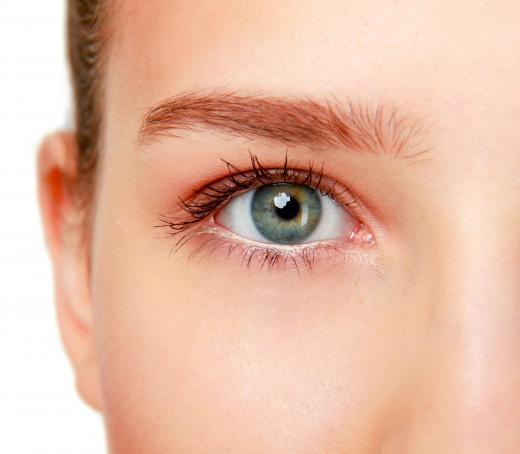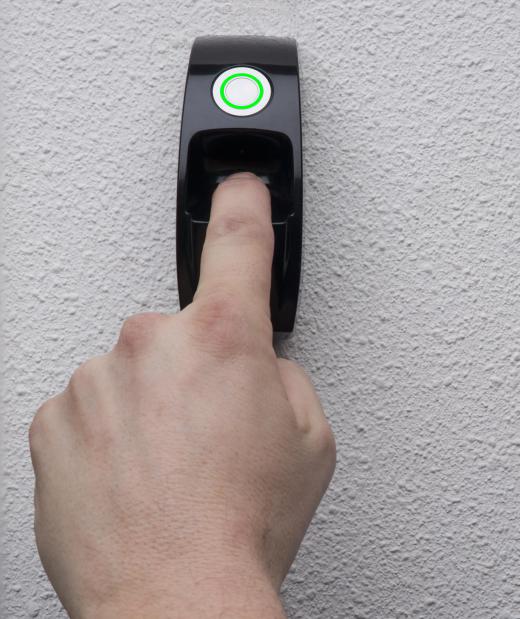What is a Biometrics System?
 Dee Saale
Dee Saale
Biometrics is the technology that is used to uniquely identify a specific human being. It is primarily used to provide security for personal or business assets. A biometrics system must first store a person’s biometric data. Then, when someone tries to access a personal or business system, the stored biometric data is compared to the data of the person currently accessing the system. If the data matches up, the person can have access to the protected information.
A strong biometrics system alleviates weaknesses found in most protective systems. For example, most people who use a password-protected system create weak passwords. The passwords can often be guessed, which can allow thieves access to sensitive information or financial assets. It also removes the problems associated with lost key cards and shared passwords. Biometrics is specific to one person alone and cannot be stolen, guessed, lost or shared with another person.

A biometrics system can be physiological or behavioral. If it is physiological, then it measures a specific area of the human body. For example, one of the most basic and oldest ways to identify a person is through fingerprinting. Devices that read fingerprints are rather inexpensive and can be added to computers, door locks, external hard drives, and credit cards.

Other physiological biometrics include a scan of the human hand, an iris scan and a facial recognition scan. Although the hand scan does not collect the data from fingerprints, it does measure the angles of the fingers, the alignment of the 27 bones in the hand, the pattern of the hand veins, and the location of other tissues, muscles and tendons in the hand. The iris scan measures the set of muscles that control the dilation of the pupils. The facial recognition scan measures the features of the face, such as the distance between the eyes and the ears and the shape of the nose and the mouth.

A behavioral biometrics system looks at how a particular person does a specific activity. Some of the most common systems using behavioral biometrics include data collected from a person’s handwriting, the way they type on a keyboard, the sound of their voice, and their gait. The data collected from a handwriting sample considers the image itself, the motion of the pen, and the pressure of the pen. When looking at keystrokes, the rhythm, muscle tone, and timing are all considered. Sound and pattern are both considered when voice and gait information is collected for a biometrics system.
A good biometrics system will only consider unique and permanent characteristics of a person. "Permanent" characteristics will only change very slowly, if at all, over time. For example, an adult’s hand should look basically the same over a five year period of time, barring an exceptional occurrence, such as an accident or surgery. Biometrics is more accurate and reliable than normal identification, making it one of the best ways to protect important information and assets.
AS FEATURED ON:
AS FEATURED ON:













Discuss this Article
Post your comments